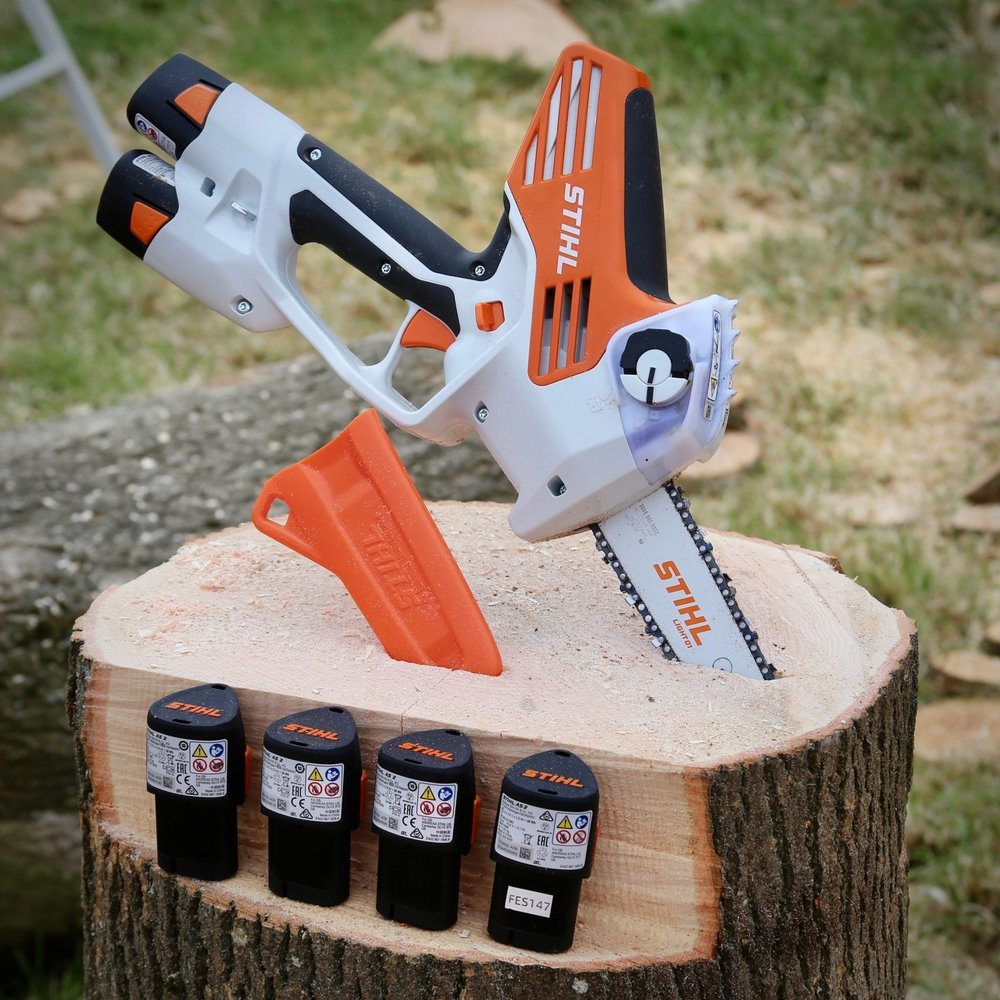After several weak years, chainsaw manufacturer Stihl is experiencing a steady increase in sales. By the end of August, the company had grown by five percent, bringing its annual sales to approximately €5.5 billion. Nevertheless, pressure remains high because cordless tools are increasingly dominating the market. This trend is changing not only production but also jobs in Germany. (handelsblatt: 10.09.25)
Transformation through Cordless Tools
During the pandemic, Stihl benefited from a special economic boom. At the time, the target was €8 billion in sales, but this mark is now considered unattainable. Today, demand is shifting significantly toward cordless tools, which are displacing gasoline-powered tools in many markets. In Western Europe, their share already exceeds 50 percent. By 2030, it could exceed 60 percent. This is driving investments in new factories, but also job cuts in Germany.

The German locations primarily manufacture devices with combustion engines. As these products decline in importance, jobs are coming under pressure. This is particularly evident in Waiblingen, where Stihl is eliminating an additional 100 jobs because the software development for robotic lawnmowers will be carried out in China in the future.
Job Cuts and New Locations Abroad
The officially announced reduction of 500 jobs in Germany is not the only measure. Stihl is responding to increasing competition and declining margins with a clear strategy: The production of battery-powered tools is moving abroad. A new plant is being built in Romania, which will deliver large quantities in the future. The costs for production in Germany are too high.
International relocation is also bringing burdens. While the number of jobs in Germany is falling below 20,000, Stihl is expanding capacity abroad. The job cuts particularly affect areas that previously produced high-quality technology for professional tools.
Financial Strength as a Backbone
Despite massive restructuring, the financial position remains solid. With an equity ratio of 69 percent, Stihl finances all investments from its own resources. The company doesn’t disclose official profit figures, but Traub calls it a “satisfactory result.” This leaves room for innovation despite cost increases.
Nevertheless, it’s clear that the transformation to cordless tools is creating additional pressure. Increased competition, higher distribution costs, and relocations abroad are increasing uncertainty.
USA ensures stable production
North America remains a key market. Stihl generates around a third of its sales there. 2,600 people have been working in Virginia Beach for over five decades. More than 100 tools roll off the assembly line at this factory, putting production on a stable footing.
Other manufacturers are still looking for expensive locations, while Stihl is taking advantage of its long-standing presence. However, tariffs of over 15 percent are weighing on business. In the long term, customers will have to pay for this, even if price increases slow sales.
Between opportunities and burdens
Stihl is caught between growth and cost pressure. Cordless tools are opening up new prospects, but job cuts and relocations abroad are weakening its base in Germany. This forces the company to structure its production flexibly and create jobs where they are economically viable.
